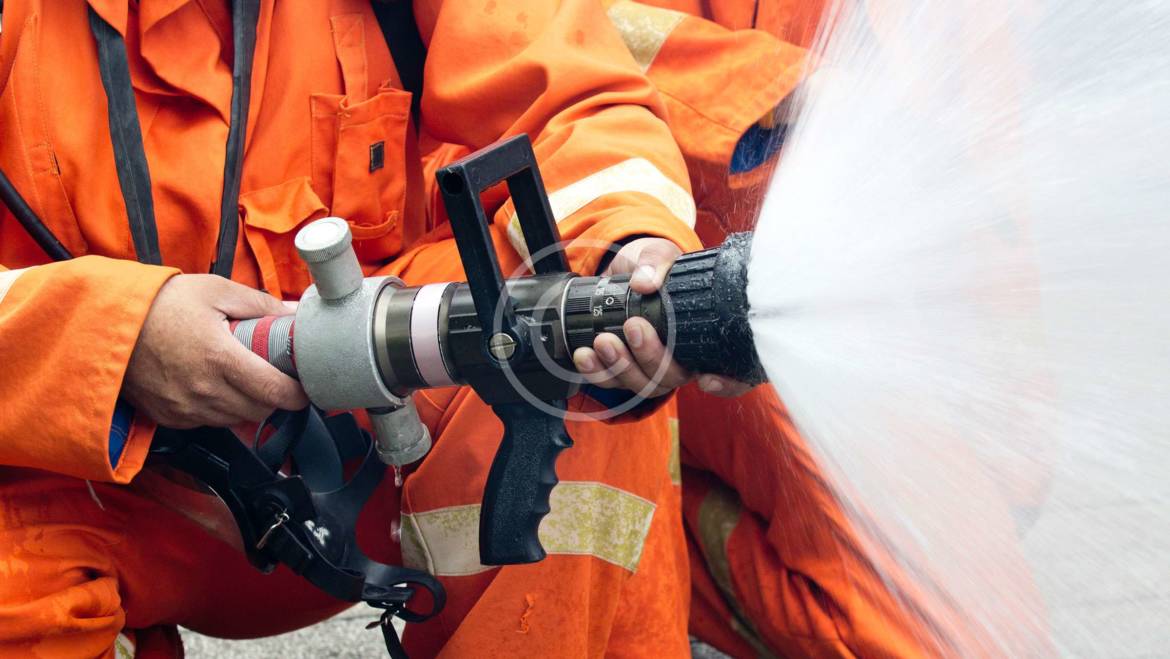Fire can spread rapidly, and having a plan in place is essential for ensuring the safety of your family. Conducting regular home fire drills can make all the difference in an emergency. Here’s why they’re important and how to conduct them effectively.
1. Understand the Importance
Home fire drills are crucial for familiarizing your family with escape routes and procedures. Practicing these drills helps ensure everyone knows what to do when the alarm sounds, reducing panic and confusion.
2. Create a Fire Escape Plan
Before conducting a drill, develop a clear fire escape plan:
- Identify Exits: Determine at least two ways to exit each room, including windows and doors.
- Designate a Meeting Spot: Choose a safe location outside your home where everyone can gather after escaping.
- Consider Special Needs: Plan for any family members who may require assistance, such as young children or elderly individuals.
3. Schedule Regular Drills
Aim to conduct fire drills at least twice a year. Consider varying the times and conditions of the drills (e.g., nighttime, during busy hours) to simulate real-life scenarios.
4. Practice the Drill
When it’s time to conduct the drill:
- Sound the Alarm: Use a smoke alarm or a whistle to signal the start of the drill.
- Follow the Plan: Everyone should quickly and calmly exit the house using the designated escape routes.
- Gather at the Meeting Spot: Ensure that everyone is accounted for at the meeting location.
5. Review and Reflect
After the drill, gather your family to discuss how it went. Talk about what worked well and what could be improved. Make any necessary adjustments to your fire escape plan based on feedback.
6. Teach Fire Safety Basics
Incorporate fire safety education into your drills. Teach your family about:
- Stop, Drop, and Roll: A technique to use if clothes catch fire.
- Staying Low: Smoke rises, so staying low to the ground can help avoid inhalation.
- Not Opening Hot Doors: Check doors for heat before opening to prevent being met with flames.
7. Involve Everyone
Ensure that all family members, including kids, participate in the drills. Make it a fun and engaging activity to emphasize its importance without causing fear.
8. Stay Informed
Keep up-to-date on local fire safety resources and any changes in your home that may affect your escape plan (like new furniture or renovations). Adjust your drills accordingly.
By prioritizing home fire drills, you empower your family with the knowledge and skills to respond effectively in an emergency. Preparedness is key to safety—practice makes perfect! Stay safe, and remember that every second counts in a fire situation.


Add Comment